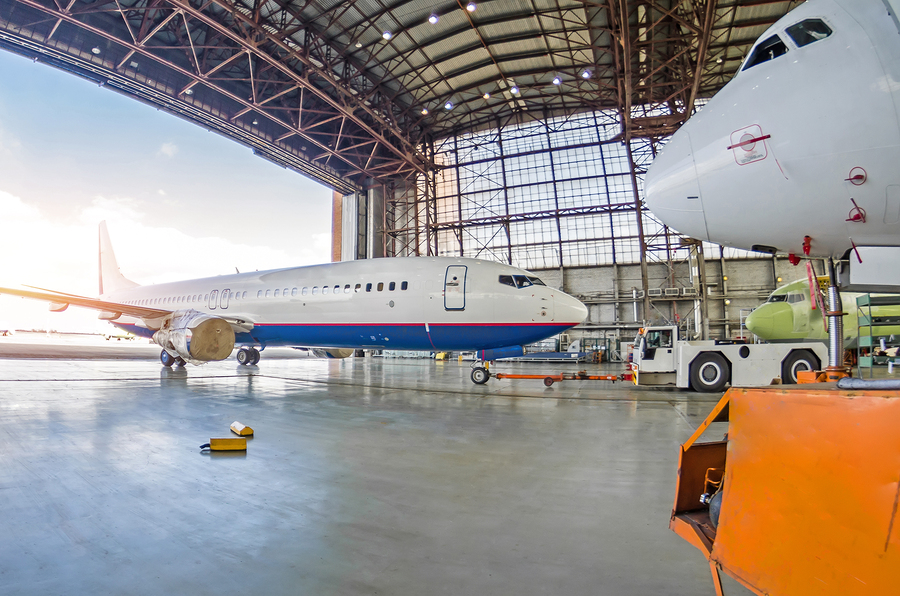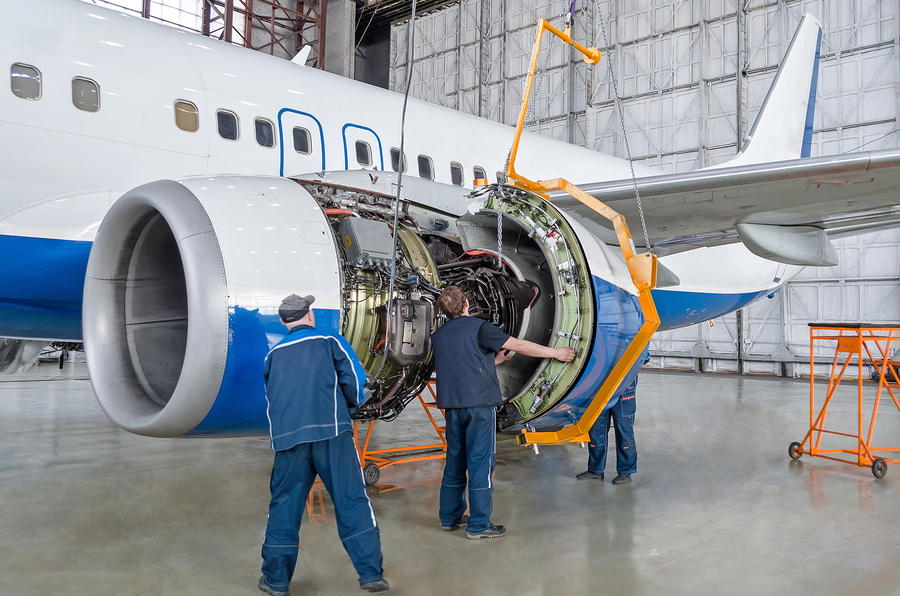
Unpacking the Airplane Maintenance Equation: Strategies for Improving Aircraft Availability
More than 43,000 commercial aircraft navigate American airspace daily, shuttling an estimated 2.6 million passengers among airports here and abroad, according to the Federal Aviation Administration. An army of approximately 10.6 million aviation professionals facilitate these efforts, propelling the countless behind-the-scenes and front-of-house functions that make modern air travel possible. Maintenance specialists are among these essential personnel and perform mission-critical duties that support passenger safety and operational efficiency. Carriers understand well just how important these technicians are and devote tens of billions of dollars annually to funding maintenance programs, per analysts for the International Air Transport Association, who estimated that total MRO spending for the industry was $76 billion in 2017, the latest year for which IATA research was available. Despite this level of investment and hard work on the part of on-the-ground maintenance teams, many airline companies struggle with aircraft availability and reliability.
Southwest Airlines’ recent rash of maintenance foibles is among the most prominent examples. The airline, which is the second-largest American carrier based on market share, according to the Bureau of Transportation Statistics, has been forced to cancel hundreds of flights throughout the month of February 2019 as a consequence of unplanned maintenance issues, per Reuters. Southwest has watched its stock prices decrease by almost 6 percent over this tumultuous span, which it seems will continue for the foreseeable future.
Recently, the carrier conducted an internal review and discovered that as many as 100 disgruntled mechanics may have deliberately caused some of the maintenance disruptions that catalyzed hundreds of cancellations and delays, The Dallas Morning News reported. While this brand of alleged internal vandalism is certainly unique, Southwest Airlines’ aircraft availability issues are not. Available seat miles for all U.S. carriers dropped from 1.74 billion in 2017 to 1.66 billion in 2018, the BTS found. This was the first year-on-year ASM decrease the agency recorded since 2009.
It is clear that carrier maintenance divisions must make improvements, but how? The IATA pinpointed some sector-specific operational problems that are hamstringing maintenance teams in the industry. By addressing these issues, carriers can bolster aircraft availability, re-engage travelers and regain ground in the marketplace.
OEM explosions and trade tensions
U.S. airlines consume an estimated 40 percent of all aircraft equipment produced worldwide, according to the Business Research Company. While domestic carriers are expected to continue their spending dominance, the aircraft manufacturing space itself is undergoing significant change, the IATA found. For one, more original equipment manufacturers are entering the aftermarket component arena in a bid to usurp the MRO manufacturers that have long populated the subsector.
The OEMs entering this niche market offer top-of-the-line replacement components and sometimes bundle such items with system-wide repair services, Aviation Pros reported. These offerings boast obvious benefits but are designed to draw airline procurement teams away from MRO producers or manufacturers that provide FAA-certified items with parts manufacturer approval.
Unfortunately, the emergence of aftermarket OEM products is not the only development catalyzing jarring change within the aircraft equipment space. Widespread economic protectionism is hamstringing international supply chain operations and making it difficult for aviation manufacturers to obtain reasonably priced raw materials, CBS News reported. These organizations have no choice but to raise their prices to cover the extra overhead costs that come with possibly rerouting shipments or bearing the brunt of 10 percent to 15 percent tariff increases. In the end, these additional expenses trickle down to carriers, of course.
Together, these less-than-positive trends directly affect airline maintenance teams. How? With their colleagues in the procurement department scrambling to adjust to these new realities, maintenance leaders and technicians risk MRO stock shortages that delay aircraft upkeep and ultimately lead to slowdowns or cancelations.
That said, there are viable solutions to the procurement problems discussed above – most notably, strategic sourcing. By redesigning their procurement networks and cultivating collaborations with multiple vendors spread across geographic locations, airlines can get the parts they need, when they need them and for the right price, no matter the market conditions.
Growing technician shortages
Both domestic and international carriers are staring down an immense and ever-expanding aviation maintenance technician shortage, per researchers for the Aviation Technician Education Council, who predict airlines will be struggling to fill approximately 15,000 open maintenance positions by 2027. There are two reasons for this. For one, an estimated 30 percent of current maintenance specialists are near retirement age, the ATEC found. Secondly, many of the young talent who might step into these empty positions are pursuing other careers or going to college to move into management roles in the aviation space rather than take on technical work, CNBC reported. This is, of course, a major problem for carrier maintenance crews, most of which are already struggling to keep fleets in good shape with the assistance of seasoned technicians.
While airlines may not have the resources to launch their own training academies, they can help cultivate talent pipelines by working with educational institutions to offer apprenticeships and other hands-on opportunities that engage young people interested in entering the aviation arena and potentially the maintenance specialty. Carriers can also address talent shortages operationally by developing and rolling out workflow optimization programs that allow them to do more with less. These kinds of stopgaps can not only mitigate the impact of the developing technician deficit but also lens carriers the operational framework they need to move forward without depending on future workforce development.
U.S. airlines that hope to address the above maintenance challenges and keep their customers should take immediate action, lest they see cancellations and delays knock them out of the marketplace.
Is your airline searching for a strategic partner that can help bolster maintenance operations in the face of great change and turmoil? USC Consulting Group can assist. We have been working with organizations within the aviation industry for more than five decades, collaborating with them to transform their operations and adapt to marketplace shifts of all kinds.
Connect with us today to learn more about our experience and how we can help your carrier adjust to the ongoing maintenance challenges.







